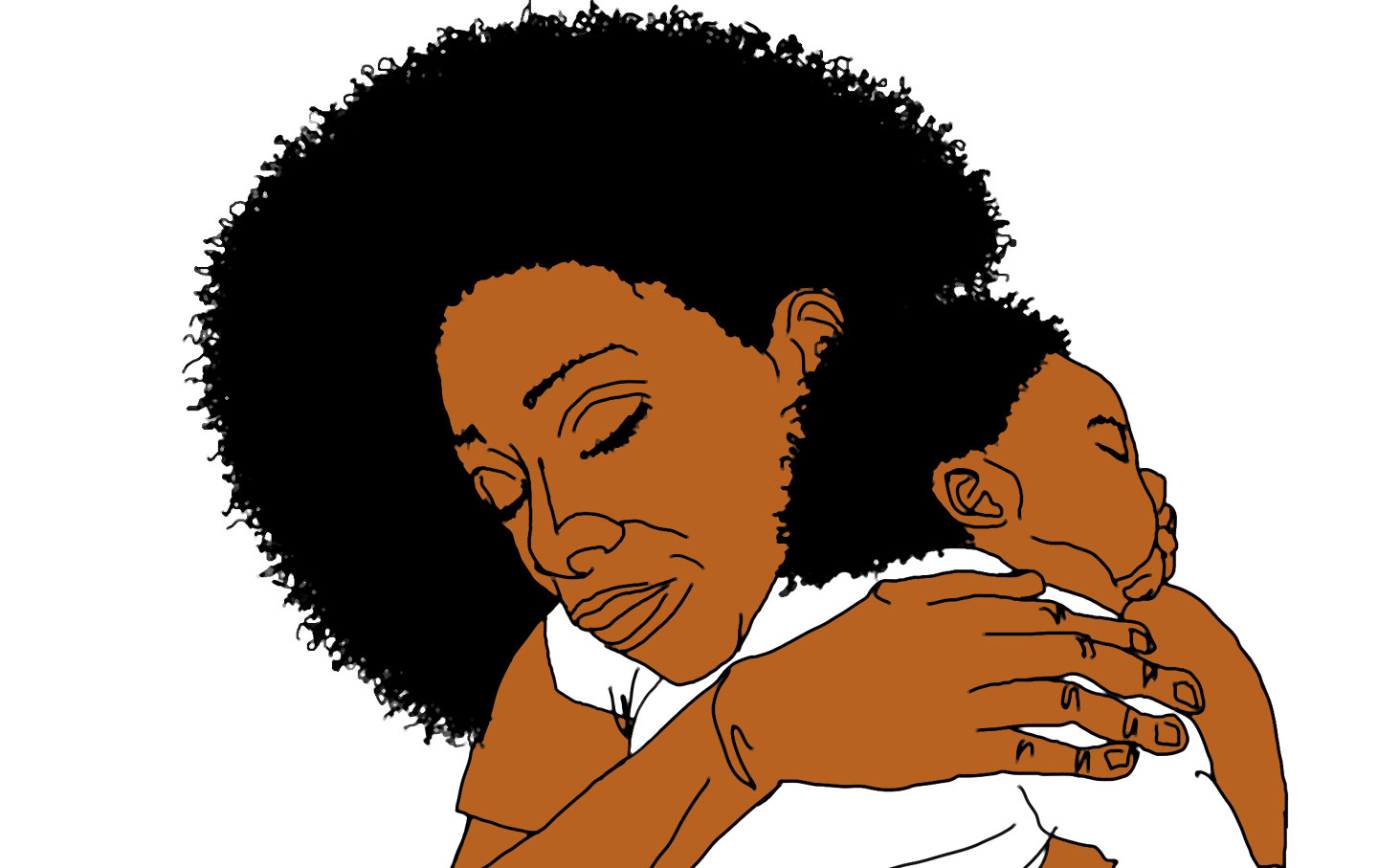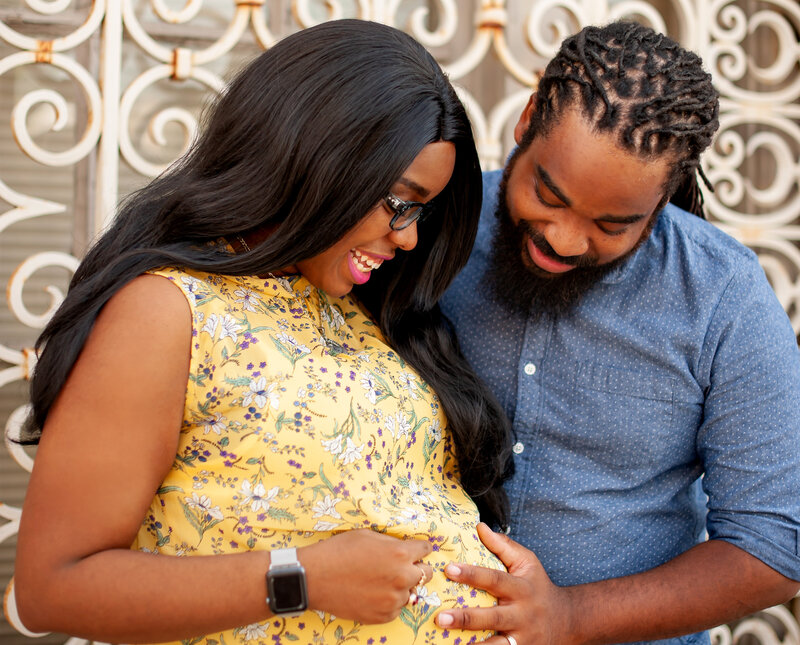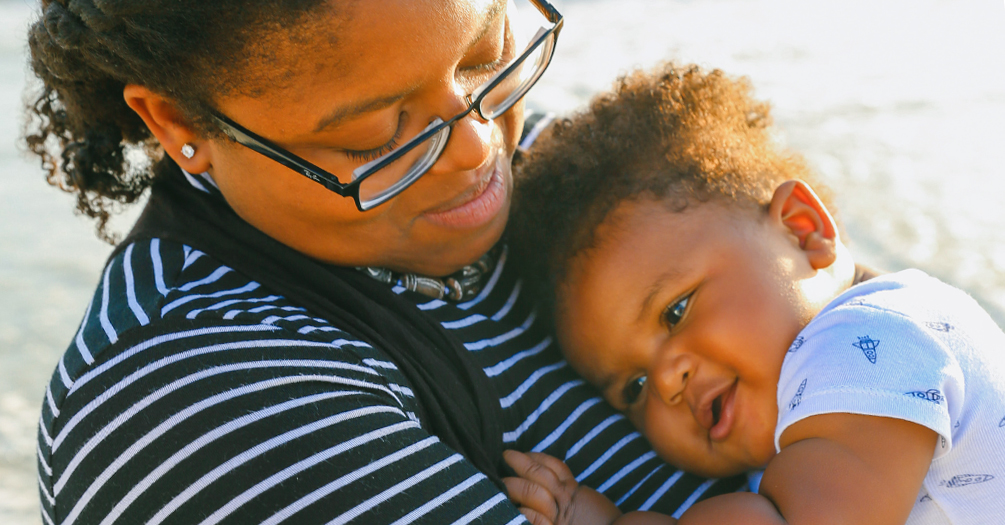- Mar 11, 2015
- 100,992
- 108,845
- 3,645
Each year in the United States, more than 23,000 infants die before reaching their first birthday. Though the mortality rate varies widely by state and county, the average in the United States is higher than in the rest of the world’s wealthy countries, worse than in Poland and Slovakia. Because infants are so vulnerable, their survival is considered a benchmark for a society’s overall health. What our infant-mortality rate tells us is that, despite spending more money on health care than any other country in the world, the United States is not very healthy. Looked at closely, it reveals that particular groups of Americans are starkly unwell.
White, educated American women lose their infants at rates similar to mothers in America’s peer countries. Most of the burden of the higher mortality rate here is borne by poorer, less-educated families, particularly those headed by unmarried or black women. Across the United States, black infants die at a rate that’s more than twice as high as that of white infants.
After she lost her son, Tonda Thompson dreamed of a baby in a washing machine. She’d stuffed in dirty clothes and closed the door. The lock clicked shut. Water rushed in. Then she saw him, floating behind the glass. Frantic, she jabbed at a keypad on the machine, searching for a code to unlock the door.
When Thompson became pregnant she was 25, living in Los Angeles and working as a model. She and her boyfriend got engaged and moved back to Milwaukee, Wisconsin. She’d grown up on the city’s north side, a predominantly African-American neighborhood with pockets of deep poverty, in a zip code known for having the highest incarceration rate in the United States. Thompson went to all of her medical appointments, took prenatal vitamins, and stayed in shape. On her birthday, she wrote on Facebook that the only gift she wanted was “a healthy mom and baby.” But she also wrote about how hard it was to be pregnant in a city where there was “nothing to do that’s fun and safe.”
Thompson got married in April 2013, and a month later went into labor. Forty hours later, Terrell was born. He lived less than half that time, due to “complications” with the delivery. By the time Thompson got home, all of the baby’s things had been moved to the basement. She’d gotten to hold him for five minutes.
The year that Terrell died, a mother in war-torn Libya had better odds of celebrating her child’s first birthday than Thompson did.

What’s Killing America’s Black Infants?
Racism is fueling a national health crisis.
 www.thenation.com
www.thenation.com
Terrell Thompson lived less than 20 hours. He was not killed by gunfire. His death was due to complications during his moms pregnancy. That complication was stress caused by racism. But we won't see Terrell Thompsons name mentioned by our fine white members so concerned with the deaths of black children. In fact watch me get told how white racism didn't cause this.
But there is a problem with that opinion.
Black Maternal Mortality: ‘It is Racism, not Race’
CCP's Tina Suliman writes: "The maternal mortality crisis in the United States emphasizes the truth behind this declaration: It is racism, not race, that is killing America’s Black mothers and babies."May 17, 2021
By Tina Suliman
On Thursday, May 6, the eve of Mother’s Day weekend, the U.S. House Oversight and Reform Committee held a hearing on racism in Black maternal health care. Among the witnesses were the families of Black mothers who had died giving birth. Congresswoman Cori Bush gave an impassioned speech recounting her own traumatic pregnancy experiences as a Black woman. “Every day, Black women die because the system denies our humanity,” Bush said.
Representative Bush’s experience is unfortunately common. In Maryland, CCP’s backyard, Black women are four times more likely to experience a pregnancy-related death than white women. This disparity is rooted in systems of oppression and injustice, and persists even when controlling for education, body mass index and socio-economic status.
The tragic story of Johns Hopkins Bloomberg School of Public Health alumnus, Shalon Irving, underscores this fact. Shalon, herself an epidemiologist at the Centers for Disease Control and Prevention (CDC) whose research aimed to address health disparities, tragically passed away three weeks after giving birth to her daughter Soleil in 2017. In the week leading up to her death, Shalon exhibited several red flags, including alarming spikes in blood pressure, severe swelling in her legs, headaches and swelling at her C-section incision. Despite repeatedly seeking medical care, providers dismissed her symptoms as normal. She ultimately collapsed in her home. Even Shalon’s PhD, private health insurance and social safety net were not enough to ensure her survival.
This crisis is driven by unconscious bias in the medical system and its actors. In a 2016 survey of white medical students, nearly half held false beliefs about biological differences in Black patients, including thicker skin and less sensitive nerve endings. Another 2020 study found that Black babies are more likely to live if they are cared for by a Black physician. Recently, the CDC declared racism a public health threat. The maternal mortality crisis in the United States emphasizes the truth behind this declaration: It is racism, not race, that is killing America’s Black mothers and babies.

Black Maternal Mortality: ‘It’s not Race, it’s Racism’
In Maryland, Black women are four times more likely to experience a pregnancy-related death than white women.
 ccp.jhu.edu
ccp.jhu.edu
You see, these are black deaths too, and there are more of them than the ones posted in other threads. And all of these deaths have one common cause-white racism. White racism was made a crime 57 -58 years ago, but its still happening. This white on black crime far exceeds black on black crime.
Terrell Thompson never got out of the incubator because of white racism. His name does get put up in bold because his death doesn't give a racist the chance to lecture to blacks about how we should do things.

